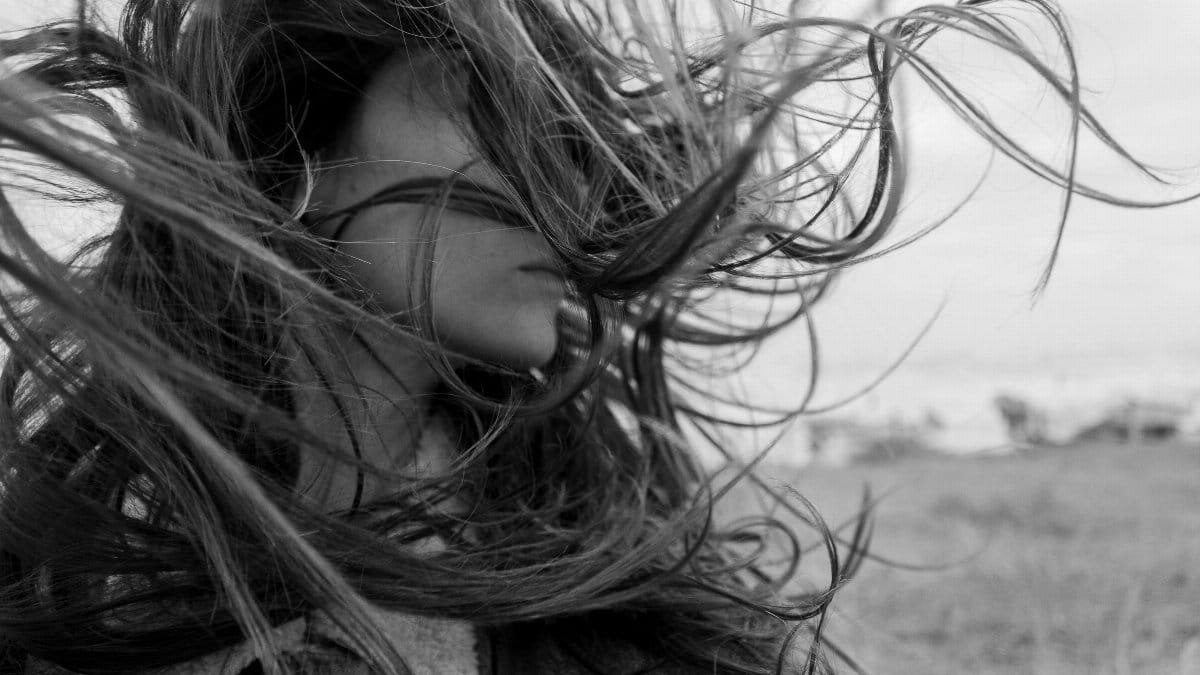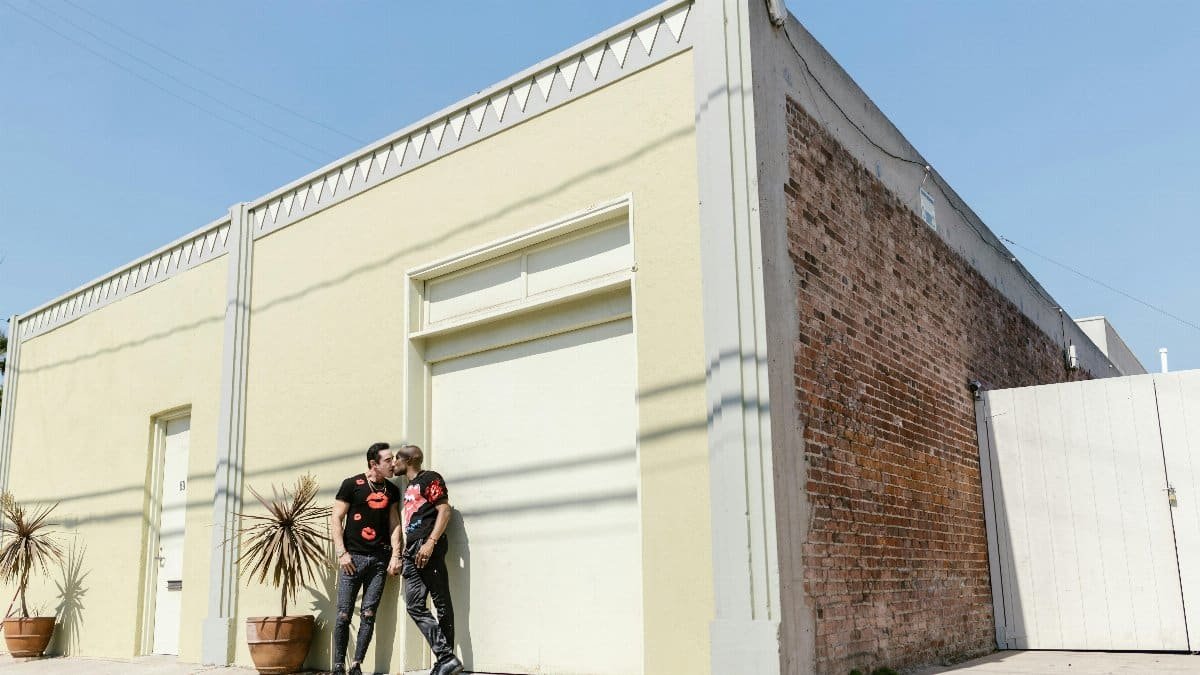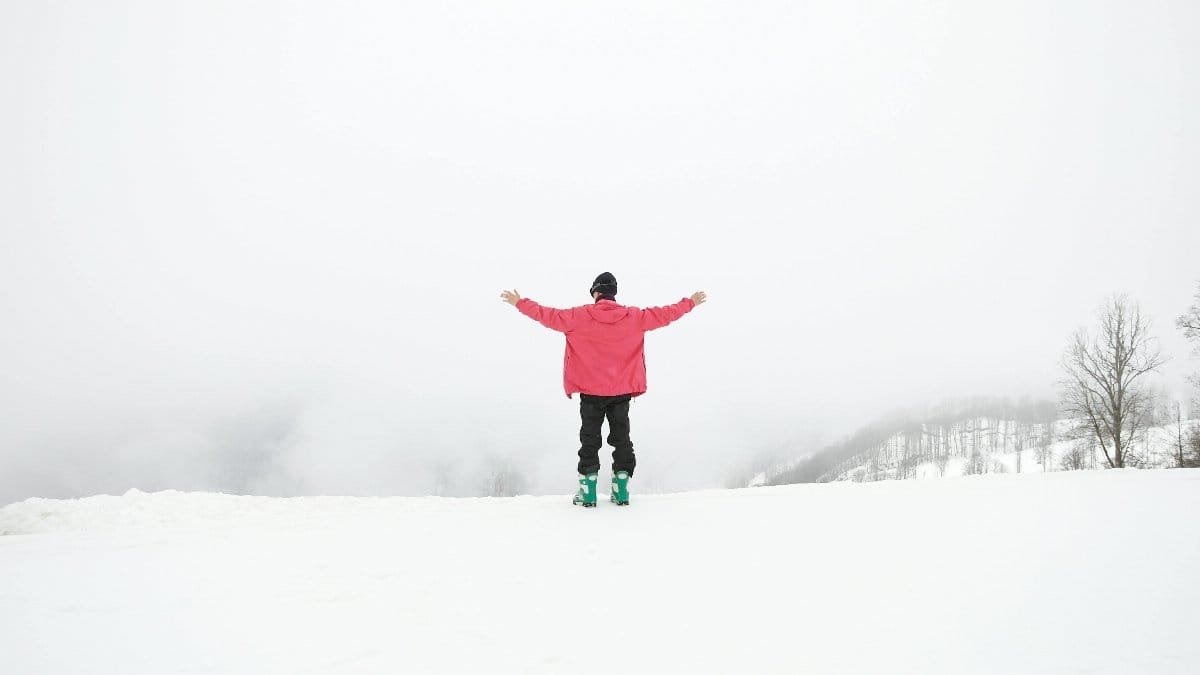Sunlight spilled across the hardwood floor of a small studio in Portland, Oregon, as a group of yogis moved in unexpected ways—swaying like trees in a storm, then crouching low as if dodging imaginary waves. This wasn’t the rigid sequence of poses many associate with yoga. Instead, it was a vivid example of creative yoga flows play mindful exercise work, a growing approach that reimagines yoga as both a physical challenge and a joyful expression. For those weary of repetitive routines, this trend offers a fresh path to mindfulness and strength. It’s less about perfect form and more about tapping into imagination while still reaping the benefits of a solid workout. Across the U.S. in 2025, more people are seeking ways to blend movement with meaning, and these playful flows are striking a chord. They invite practitioners to step off the mat of convention and into a space where exercise feels like rediscovery.
1. The Storyteller Flow: Crafting Narratives Through Movement

Imagine weaving a tale with your body. The Storyteller Flow begins with a simple prompt—perhaps a memory of a childhood adventure or a scene from a favorite book. Practitioners move intuitively, letting each pose represent a chapter. One might stretch into a warrior pose to mimic a hero’s resolve, then soften into a child’s pose as the story turns inward. A woman in a recent class described it as “dancing through my own history,” her voice tinged with surprise at how physical movement unlocked buried emotions. This flow isn’t just exercise; it’s a dialogue between mind and body. The beauty lies in its lack of rules—there’s no wrong way to tell your story. Studies from institutions like NIH suggest mindfulness practices like this can lower stress, and adding a narrative twist makes it feel less like a chore.
Beyond the mental benefits, the constant shifts in posture build core strength and flexibility. It’s a subtle burn, often unnoticed until the next day’s satisfying ache. For middle-aged adults, who may shy away from high-impact workouts, this offers a gentle yet effective alternative.
2. The Nature-Inspired Drift: Moving Like the Elements

What if yoga could mimic the world outside? The Nature-Inspired Drift draws from earth, wind, water, and fire, encouraging participants to embody these forces. Picture swaying arms as branches in a breeze or flowing through a sequence that feels like a river’s current. In a recent online discussion, one person shared how this practice transformed their backyard sessions: they felt “less like I’m exercising, more like I’m part of the landscape.” It’s a grounding experience, especially for those in urban settings craving connection to the natural world. The unpredictability of mimicking elements keeps the mind engaged, sidestepping the monotony of traditional flows.
This approach also builds balance and coordination—key concerns as we age. Research from Mayo Clinic highlights yoga’s role in improving stability, and adding creative twists amplifies the challenge. It’s a reminder that play can be purposeful.
3. The Partner Play Sequence: Building Trust Through Shared Movement

Yoga doesn’t have to be solitary. The Partner Play Sequence pairs practitioners to mirror or support each other’s movements, fostering connection. One partner might lean into a backbend while the other provides a steady base, or both might synchronize breaths in a seated twist. It’s clumsy at first—giggles often erupt as balance falters—but that’s the point. The laughter, the shared missteps, strip away self-consciousness. For couples or friends, it’s a novel way to bond in 2025, when digital distractions often pull us apart.
Physically, it demands communication and core engagement, doubling as a workout for trust and muscles alike. The unpredictability of another person’s movements sharpens focus, making this a prime example of creative yoga flows play mindful exercise work. It’s less about perfection and more about presence.
4. The Rhythm Rider Flow: Syncing to Sound

Music isn’t just background noise in the Rhythm Rider Flow. Here, a playlist—think ambient beats or soft drumming—guides the pace and mood. A slow melody might inspire a lingering downward dog, while a quicker tempo pushes a series of dynamic lunges. The sound becomes a partner, nudging the body to explore new patterns. This flow taps into the instinctive way we move to rhythm, much like dancing at a wedding or bobbing to a car radio. It’s freeing, especially for those who find silence during yoga intimidating.
The mental shift is palpable. Focusing on sound distracts from overthinking poses, easing anxiety. Meanwhile, the varied pacing boosts cardiovascular health—a bonus for anyone seeking a sneaky workout. It’s play dressed as effort, and it sticks.
5. The Childlike Wonder Flow: Embracing Silliness

Remember rolling down hills as a kid, not caring who watched? The Childlike Wonder Flow channels that spirit. Think hopping into frog poses, crawling like a bear, or sprawling into a starfish shape just because it feels good. It’s absurdly fun, and that’s intentional. Too often, exercise feels like punishment, especially as responsibilities pile up in midlife. This flow flips the script, prioritizing joy over discipline. A participant in a recent class admitted, “I forgot how to be silly until I tried this. Now I crave it.”
Beneath the laughter, there’s real work. These quirky movements engage smaller muscle groups often ignored in standard yoga. They also loosen mental tightness, offering a reset that’s as valuable as any physical gain. For anyone skeptical, it’s worth a try—just once.
6. The Intuitive Wander Flow: Letting the Body Lead
No plan, no sequence—just instinct. The Intuitive Wander Flow asks practitioners to close their eyes (if safe) and move as the body dictates. One moment might bring a deep stretch, the next a playful twist. There’s no instructor barking cues, though a guide might offer gentle prompts. It’s deeply personal, a chance to listen to what the body needs rather than forcing it into prescribed shapes. For many Americans in 2025, overwhelmed by structured days, this feels like a rebellion against routine.
The benefits aren’t just mental. Moving without a script improves proprioception—awareness of body position—which can prevent falls, a concern as we age. Data from CDC underscores the importance of such skills. This flow proves mindfulness can be active and unstructured.
7. The Puzzle Piece Flow: Mixing and Matching Poses

Think of yoga as a game of mix-and-match. The Puzzle Piece Flow breaks traditional sequences into fragments, letting participants piece them together in real time. Start with a familiar sun salutation, then veer into an unexpected side bend or a playful inversion. It’s a mental puzzle as much as a physical one, keeping the brain as active as the body. This embodies creative yoga flows play mindful exercise work at its core—turning routine into a canvas for experimentation.
For those hesitant to stray from tradition, this can be a gentle entry point. It builds confidence in improvisation while still delivering the strength and flexibility gains yoga is known for. Research by Harvard Health notes yoga’s wide-ranging impact on well-being, and adding a creative spin only enhances engagement. It’s a reminder that even small tweaks can refresh a practice.
As these seven flows show, yoga in 2025 doesn’t have to be a solemn march through the same old poses. Across studios, parks, and living rooms, Americans are rediscovering movement as a source of joy, not just discipline. Creative yoga flows play mindful exercise work bridges the gap between effort and ease, inviting us to rethink what a workout can be. Whether it’s embodying a story, syncing to a beat, or simply wandering where the body leads, the message is clear: play matters. It’s a powerful tool to stay present, strong, and connected in a world that often pulls us elsewhere. So, unroll that mat. Try something new. The only rule is to move with intention—and maybe a smile.
